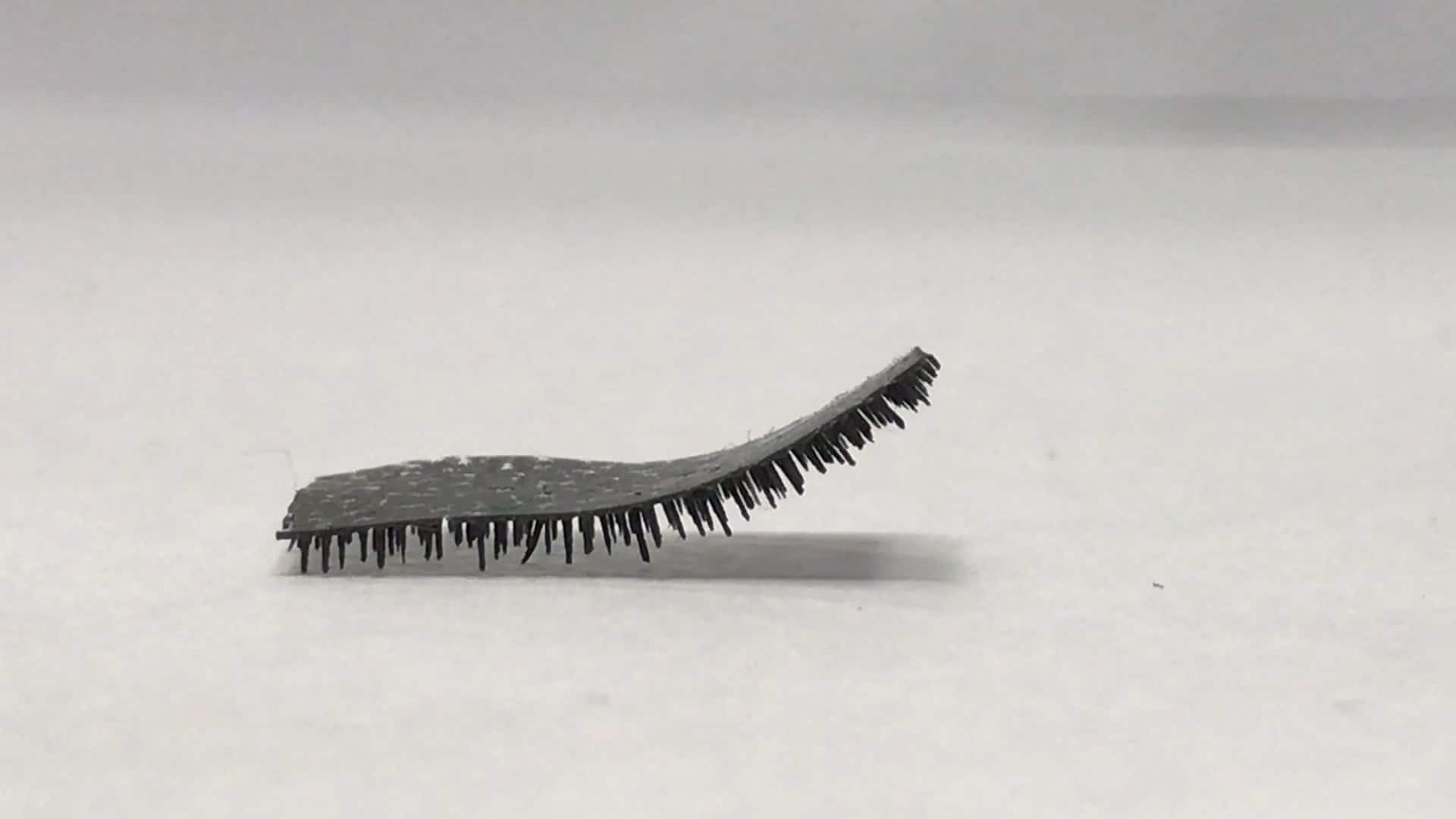Surprising Stats About Magnetic Coating Gives Life To Millirobots
It is exciting to live when robots the size of little creepy crawlies, known as millirobots, can open up new roads of exploration. Such millirobots can be finely tuned to display genuine train conduct, for example, slithering and strolling, and discover use in biomedical applications.
The millirobots’ presence is on account of a joint exertion between two examination bunches in China. Their exploration, distributed in Science Robotics, exploited late materials advancements to utilize attractive fields as a driving system. This methodology empowered the group to plan an assortment of one-, two-and three-dimensional items that, when covered with an attractively drivable film, can just be incited by an attractive field. All the more shockingly, the novel millirobots can likewise be crumbled upon order, utilizing a swaying attractive field in a fluid climate.
Millirobot composition
The two groups of analysts, driven by Yajing Shen from the City University of Hong Kong and Xinyu Wu at the Shenzhen Institutes of Advanced Technology at the Chinese Academy of Sciences, made the millirobots by covering the outside of an objective item with a glue agglutinate attractive splash (M-shower). Thinking about the necessary level of power over the robots and their scale, the analysts believed that this grip technique could productively conquer the millirobots’ deformability imperatives, regardless of the size or state of the objectives.
The M-spray consists of polyvinyl alcohol (PVA), gluten and iron particles. The PVA and gluten provide the self-adhesive ability of the M-spray (referred to as M-skin). The iron particles, meanwhile, provide the magnetic component, responding to the direction and strength of an applied magnetic field that acts as the driving mechanism. The M-spray can create a film that’s thin enough (100 to 250 µm) to not interfere with the target’s original size, structure or morphology.
The researchers tested their devices under different magnetic field strengths (0 to 200 mT), demonstrating that their inanimate designs could be transformed into walking, rolling, crawling and flipping millirobots. What’s more, the researchers can reprogramme the millirobots’ navigation ability on demand. This reprogramming depends upon the direction and strength of the applied magnetic field, together with the distribution and alignment direction of the magnetic particles.
Potential for biomedical application
Since all the components of M-spray, namely PVA, gluten and iron particles, are biocompatible, the researchers sought to test the feasibility of their millirobots for biomedical applications, such as drug delivery. For this, the team performed in vivo experiments in anaesthetized rabbits, using radiology imaging to track the route of a drug encapsulated in an M-spray-coated capsule. When the capsule reached the target site, the researchers disintegrated the M-spray coating by applying an oscillating magnetic field. As its raw materials are biocompatible, the disintegrated coating can be absorbed and excreted by the body with little consequence.
To increase the stability of the M-spray-coated drug-delivery capsule in highly acidic environments, the researchers plan to replace the iron particles with nickel particles in the future. Preliminary findings have shown that this can prolong the stability of the capsule from eight to 30 minutes.
“Our experiment results indicated that different millirobots could be constructed with the M-spray adapting to various environments, surface conditions and obstacles. We hope this construction strategy contributes to the development and application of millirobots in different fields, such as active transportation, moveable sensor and devices, particularly for the tasks in limited space,” says Shen.
